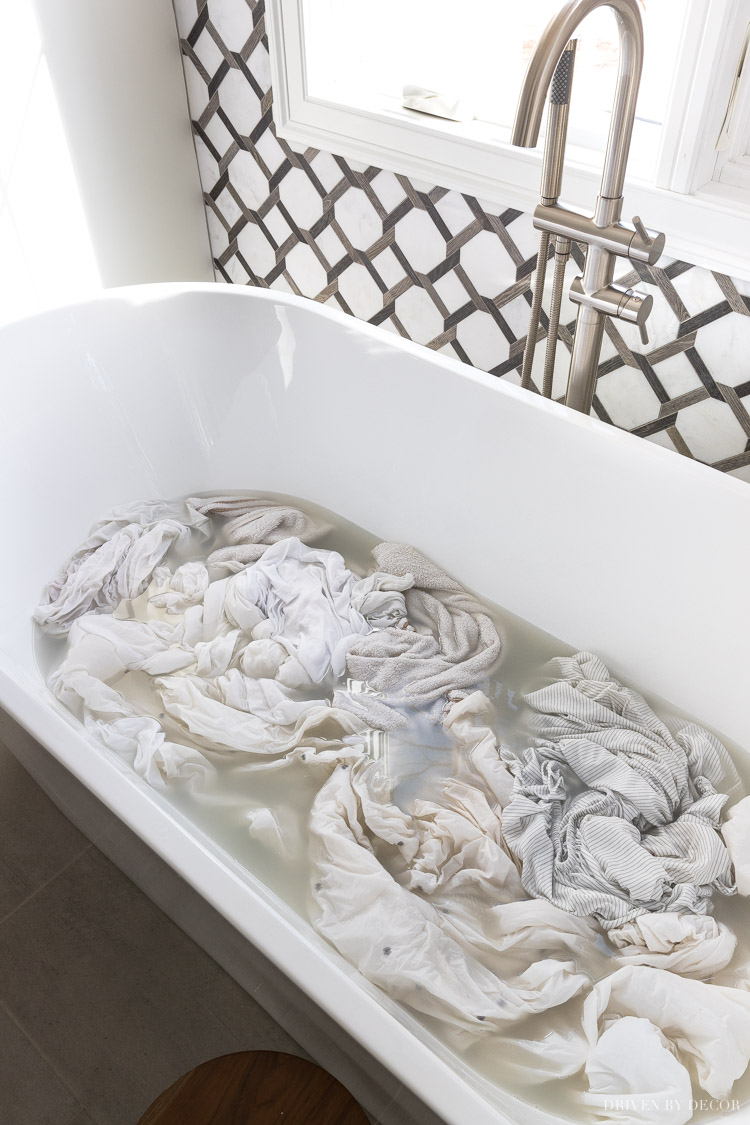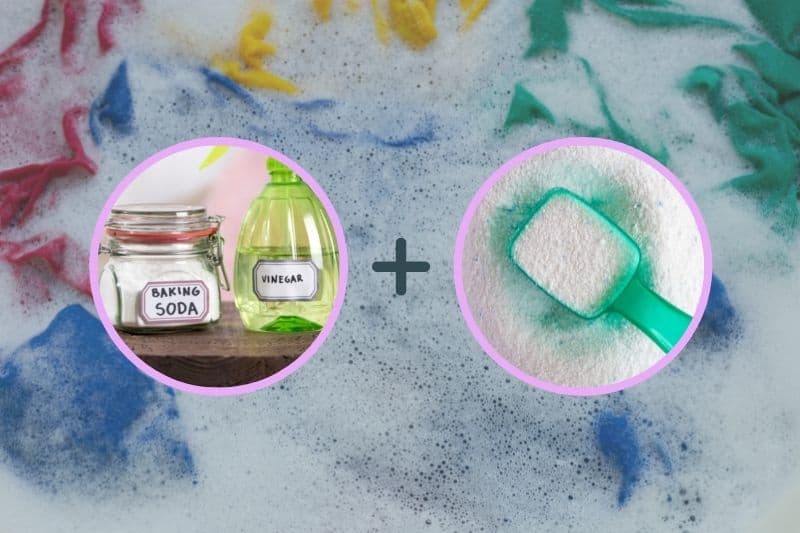

Let me just put it this way: I would have sworn that I have the cleanest, whitest, softest laundry in town.

Excited because it’s a super dramatic solution to a common problem, embarrassed because it’s gross.

I can’t recall a time when I was excited and at the same time, embarrassed to share my adventure with you. I made a couple of minor mistakes, but nothing that prevented absolutely lovely results.

I took notes and photos of my maiden voyage on the sea of laundry stripping. I cannot adequately describe the satisfying joy this process gives. Dry the laundryĭry the laundry as you usually do in an automatic dryer, on a clothesline, or drying rack.
LAUNDRY STRIPPING RECIPE FULL
If you are concerned that you have not fully rinsed away all of the stripping residue, run the items through another full cold cycle with an extra rinse. Do not add any detergent or other products. Set the washer to Cold and run a normal cycle with an extra rinse if possible. Wring and squeeze as much water from the items as possible and transfer them to the washer. After a number of hours, when the water is back to room temperature, it’s time to pull the plug. Just keep in mind that dark water is all of the dirty, graying, dulling residues that have built up in the linens and clothing. Drain the swampĪs satisfying as this process can be, you may find this disgusting. What you see-the color of the water-may be shocking. Once an hour and until water is completely cooled (3 to 4 hours or longer), stir the items through the water. Use the wooden spoon or broom handle to make sure everything is submerged and completely saturated. Add itemsĭrop items to be stripped into the hot water, making sure they are open and can move freely. Make certain you are using washing soda because it is much stronger than baking soda. Washing soda is not the same as baking soda. Laundry stripping is especially useful for washable whites. Separate colors so that you are stripping items that are the same color and that you know are colorfast. You can strip an average size load of laundry at a time in a tub, sink, or bin that is large enough to allow the items freedom of movement during the process.ĭo not mix whites with colors. Start with clean laundry that has been separated into whites and colors (see above). Check the labels to make sure your choice contains enzymes) heavy-duty laundry detergent with enzymes ( Tide with enzymes and Persil are highly effective.long wooden spoon, broom handle, or similar.Colored items that are not colorfast (the dye has not been stabilized, which means the process that follows will likely pull out the color and send it down the drain! Check the item’s label.).Delicate fabrics like silk, spandex, or lace that require hand washing or the gentle cycle.Any fabric that cannot tolerate hot water.The process of laundry stripping is not suitable for all fabrics. It should be done only a few times a year, or when clothes and linens begin to show signs of getting stiff and dull. The results of this process, known as laundry stripping, are nothing short of amazing.Īs wonderful as this treatment can be, you need to know that it is a robust process that, if overdone, can be harsh on fabrics. It’s a specific process that removes gunk that attracts more grime and residue-all of it remaining even after regular laundry routines. Laundry stripping is the process of removing all the buildup and getting down to the bare fabric.
LAUNDRY STRIPPING RECIPE HOW TO
If anything in that list looks at all familiar, you need to know what laundry stripping is and how to do it.


 0 kommentar(er)
0 kommentar(er)
